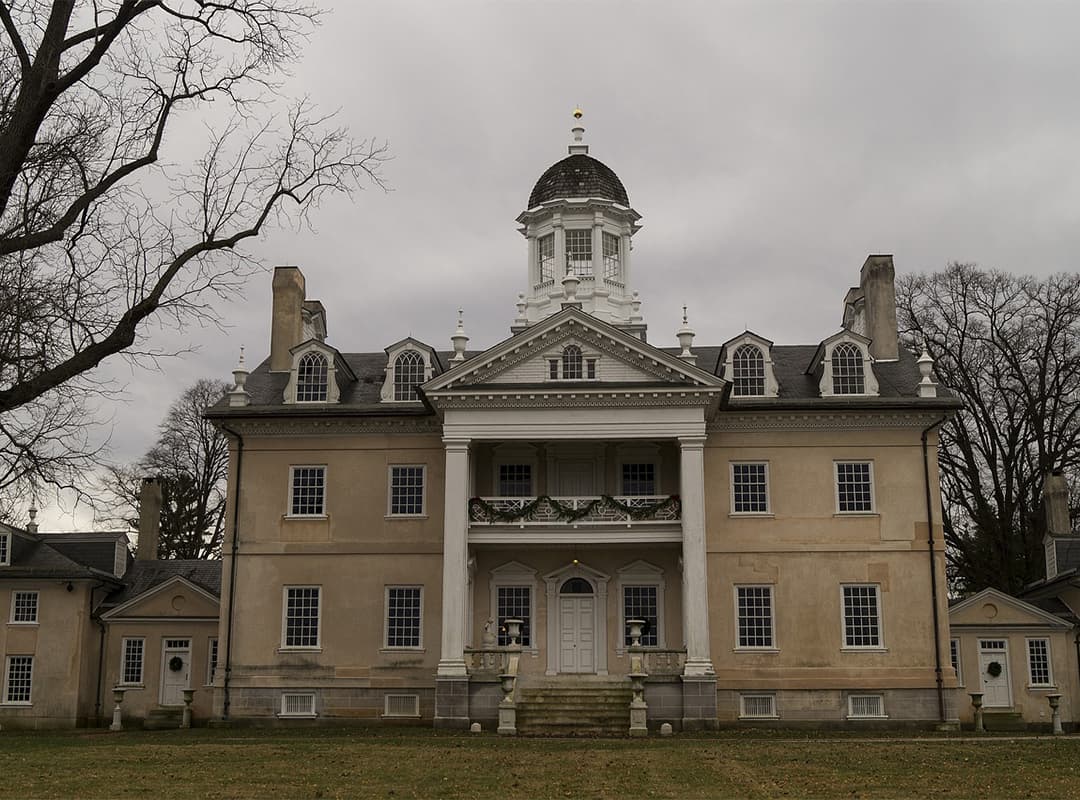Maryland was one of the 13 founding states of the United States that opposed British rule and signed the Declaration of Independence in 1776.
The state’s history began in 1632 when George Calvert, 1st Lord Baltimore, received a Royal Charter from Charles I to settle the lands that were to become the English province of Maryland. The baron, who had sought to establish a refuge for Catholics in the New World, died that same year, but the patent was rewritten to his son Cecil. Cecil organized an expedition under the leadership of his younger brother Leonard, and on March 25, 1634, the ships Ark and Dove, with the first group of settlers, consisting of 17 gentlemen and their wives, reached the coveted shore. This day is considered the date of the founding of the province of Maryland, named in honor of Charles I’s wife Queen Henrietta Maria.
Instead of a Catholic paradise, the land became a haven for representatives of various Christian denominations, and most importantly, for tens of thousands of English convicts. In 1949, the province passed a religious tolerance law, one of the first in America, but it did not save Maryland from the subsequent violent struggle between Catholics and Protestants.
On April 28, 1788, Maryland became the seventh state of the United States. In December 1790, the state set aside land for the seat of George Washington’s federal government, where the District of Columbia was formed.
During the Civil War between the North and South, despite sympathizing with the Confederacy (southern states), the state aligned itself with the Union (northern states) because of its proximity to Washington. In addition, Maryland at that time had half of its black population already free. However, 23% of the military fought on the Confederate side.
Maryland’s loyalty to the center was once again called into question in 1919 when Washington enacted a statewide ban on alcohol. Residents of the state opposed Prohibition. It was for this, oddly enough, that Maryland earned the nickname “Free State.”
According to the Bureau of Economic Analysis, Maryland’s GDP in 2005 was $246 billion (15th among the states). To a great extent, Maryland’s modern economy depends on the service, transportation, construction and information technology industries (the proximity to the state capital and the presence of major seaports are influential. In addition, Maryland is home to many federal organizations, including NASA, the National Security Agency, the Consumer Product Safety Commission, the Food and Drug Administration (FDA), and others.
